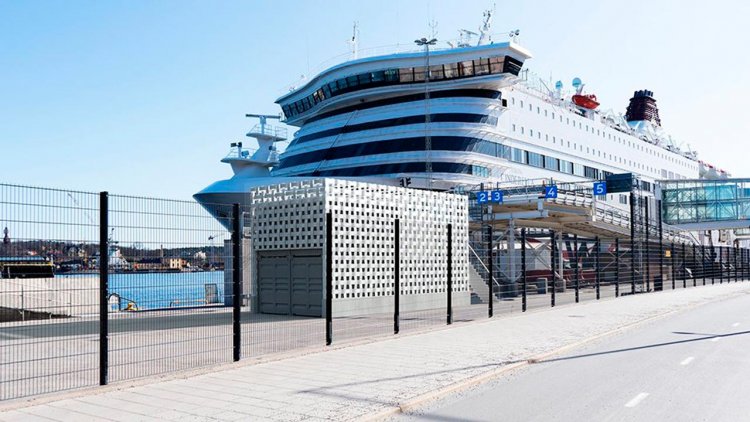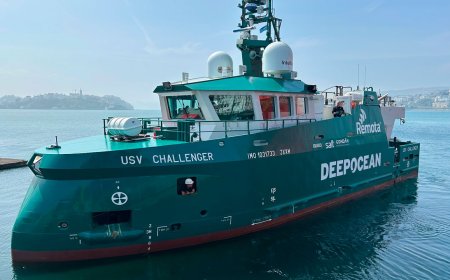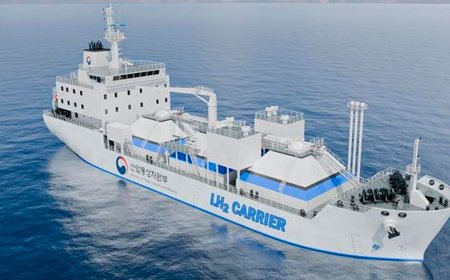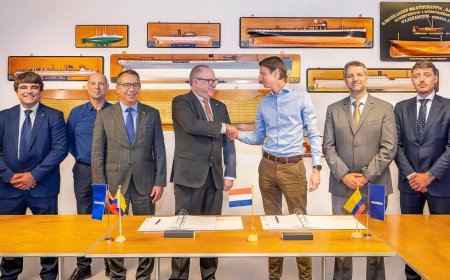Permission granted for Ports of Stockholm to establish shore power
Ports of Stockholm has been granted building permits to equip Stockholm’s central quays with onshore power connections for cruise ships.

This environmental initiative is a collaboration with other Baltic Sea ports that will result in significantly lower emissions of carbon dioxide and air pollutants from cruise ships in Stockholm and the Baltic Sea.
The building permits are for two high voltage onshore power connections in Stockholm to provide cruise ships with electricity. For Stockholm this means less impact on the environment, as the cruise ships will no longer need to run their engines in port to produce electricity, and instead can use the power produced by the local electricity grid.
Thomas Andersson, CEO Ports of Stockholm, explains:
“We are very happy that the building permit process is completed and we can present two high voltage onshore power connections that will contribute to reduced vessel emissions. New lighting and thoughtfully designed architecture will also create a more pleasant atmosphere at the sites.”
The onshore power connections will be inside buildings illuminated to create a more attractive environment. All construction materials must comply with the environmental gold standard, Miljöbyggnad Guld, to achieve the highest sustainability production level.
City Commissioner responsible for Ports of Stockholm, Joakim Larsson, states:
“Cruise passengers are very important to Stockholm financially, and generate over 1,000 jobs in the region. Onshore power connections in Stockholm are part of an important joint environmental investment, together with other Baltic Sea ports, to create an international class sustainable cruise destination.”
The high voltage onshore power connections will be ready for use in 2023 and 2024, respectively. The environmental investments for cruise ships in Stockholm are highly prioritised and have been awarded grant funding from both the EU and the Swedish Climate Leap Program.

























































































































































